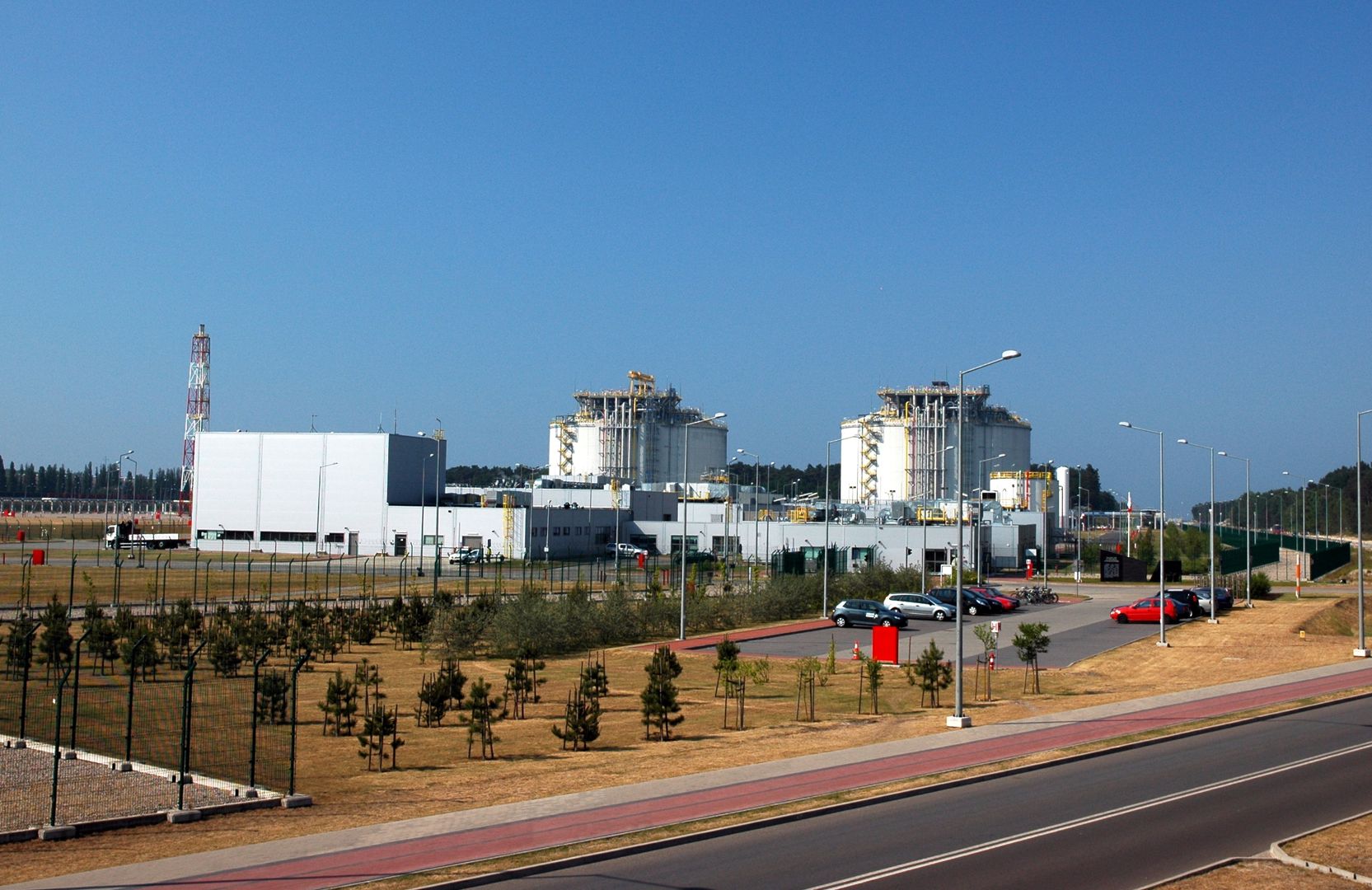Świnoujście LNG Terminal
6.45

Overview
The President Lech Kaczyński LNG Terminal in Świnoujście, commonly known as the "gas port," is a key strategic investment for Poland, opened in 2015. Located in the Wolin part of Świnoujście, the terminal enables the import of liquefied natural gas (LNG) from various regions of the world, significantly enhancing the country's energy security. Two storage tanks were built, each with a capacity of 160,000 m³, allowing for an annual regasification capacity of up to 6.2 billion m³ of gas. The terminal is the first facility of its kind in the Baltic Sea region and Central and Eastern Europe. The construction process began in 2006, and by making this decision, the government of Kazimierz Marcinkiewicz emphasized the need to diversify gas supply sources. Currently, the operator, OGP Gaz-System S.A., is implementing the Terminal Expansion Program, which includes increasing regasification capacity, building a third storage tank, and developing transshipment infrastructure. The terminal was designed with respect for the environment, preserving historic forts and protected areas, underscoring the project's commitment to sustainable development. Historically, the construction of the gas port was associated with numerous controversies, including issues related to EU subsidies and the depth of shipping routes. Since the first delivery in December 2015, the terminal has become an important gas hub, and in 2021, its regasification capacity was increased to 6.2 billion m³ per year. The terminal not only strengthens Poland's energy security but also contributes to increasing the competitiveness of the gas market. Interestingly, the terminal is named after Lech Kaczyński, highlighting its significance in Poland's energy landscape. The terminal project, funded from various sources, ultimately cost approximately PLN 3.6 billion, with EU co-financing exceeding PLN 888 million.
Location
Tickets
Powered by GetYourGuide
2025 Wizytor | All Rights Reserved